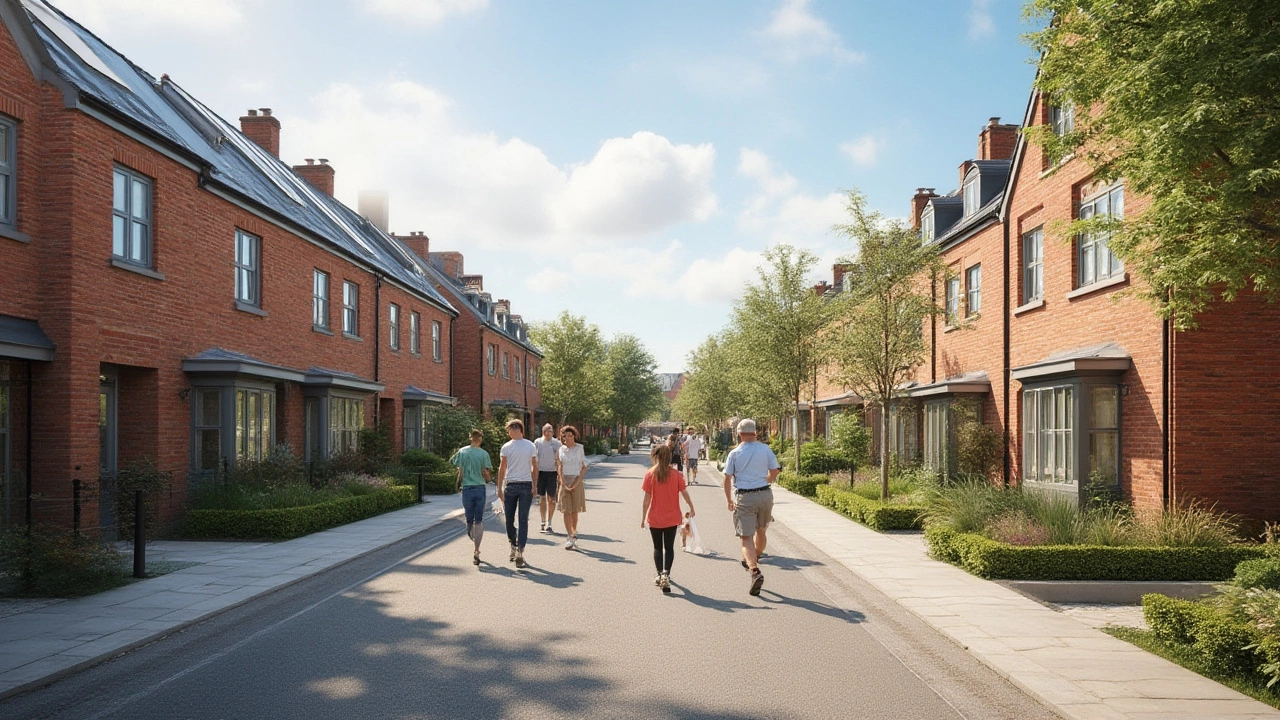New Construction Homes: Essential Tips for a Smooth Build
Thinking about moving into a brand‑new home? It can feel exciting and overwhelming at the same time. You’re not just buying a house – you’re stepping into a project that needs careful planning. Below are the top things you should check, from the ground up, so you avoid nasty surprises later.
Start with the Basics: Foundations and Cracks
The first thing to inspect is the slab or foundation. Even a tiny horizontal crack can become a big problem if ignored. Measure any cracks you see – a hair‑line crack is usually harmless, but anything wider than a quarter inch needs a pro’s opinion. Ask your builder how they handle slab curing and whether they follow local tolerances. Knowing the plan for crack repair (like epoxy injection or re‑pouring) saves you money if anything shows up later.
Don’t forget to ask about drainage. Poor drainage pushes water toward the foundation, increasing the risk of movement. A simple French drain or proper grading can keep the base dry and stable.
Flooring Choices That Last
New homes give you a clean slate for flooring, but picking the right material matters. Hardwood looks great but can expand with humidity. Luxury vinyl is water‑proof and budget‑friendly, while tile is super durable for kitchens and bathrooms. Think about the room’s use, your lifestyle, and how much maintenance you want. A good rule of thumb: choose moisture‑resistant options for lower levels and high‑traffic spots.
Ask the builder for a sample of the sub‑floor before installation. A flat, level surface reduces squeaks and future repairs. If you see any uneven spots, flag them early – fixing the sub‑floor now is far cheaper than re‑doing the final flooring later.
Another practical tip is to confirm that all plumbing and electrical runs are hidden before the floor goes down. This makes future upgrades easier and prevents costly cuts through finished surfaces.
Budgeting Beyond the Build Cost
Most buyers focus on the headline price per square foot, but there are hidden costs that add up fast. Permit fees, land preparation, and utility hookups can take a sizable chunk of your budget. Add a contingency of about 10 % for unexpected items like extra foundation work or material price changes.
When you get a quote, ask the builder to break down each line item. Seeing how much is allocated for foundation work, flooring, and finishes helps you compare offers fairly. If one quote looks low on a particular item, it might mean the builder is cutting corners.
Don’t forget post‑build expenses. A new HVAC system will need regular service, and you’ll likely want a first‑year warranty on appliances and fittings. Factoring these into your total cost gives a realistic picture of what you’ll spend in the first few years.
Finally, keep communication open with your builder. Regular site visits, written updates, and a clear change‑order process keep the project on track and protect you from surprise charges.
Building a new home is a big step, but with the right checklist you can enjoy a house that’s solid, comfy, and fits your budget. Use these tips as a starting point, ask lots of questions, and you’ll walk into a home you truly love.

